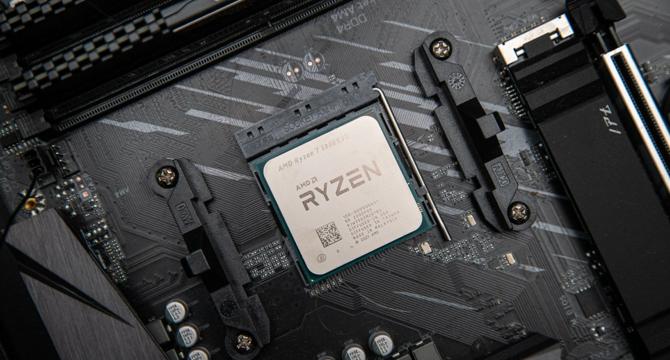Digitaltrends
1M
299

Image Credit: Digitaltrends
AMD on AM4 socket longevity, AM5, and the future
- AMD introduced the AM4 socket with its Ryzen processors in 2017, promising longevity and upgradeability for gamers.
- AM4 became AMD's flagship socket for over half a decade, with planned support until 2028 even with the introduction of AM5.
- By maintaining socket longevity, AMD aims to minimize the burden on consumers and encourage CPU upgrades without requiring a new motherboard.
- This strategy also benefits motherboard partners by allowing them to focus on cost reduction and design refinement within established parameters.
- While keeping the same socket for multiple generations poses engineering challenges, it leads to better product innovations according to AMD's Sourabh Dhir.
- AMD plans its socket transitions based on technological advancements like memory ecosystem development and PCIe generation support.
- AM4 support continues alongside new CPU launches, catering to different market price bands and providing upgrade paths within existing infrastructure.
- Maintaining AM4 does not necessarily cannibalize AM5 sales but offers value-conscious users incremental upgrade options, respecting their budgets.
- The emphasis on socket longevity sets AMD apart and reflects their commitment to innovation within constraints for the benefit of consumers.
- Long-lasting sockets simplify and reduce upgrade costs for users, contributing to AMD's success and customer satisfaction.
Read Full Article
18 Likes
For uninterrupted reading, download the app